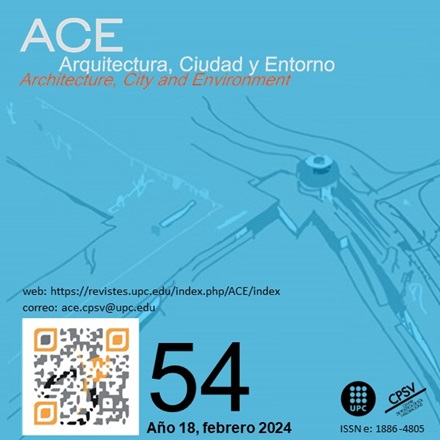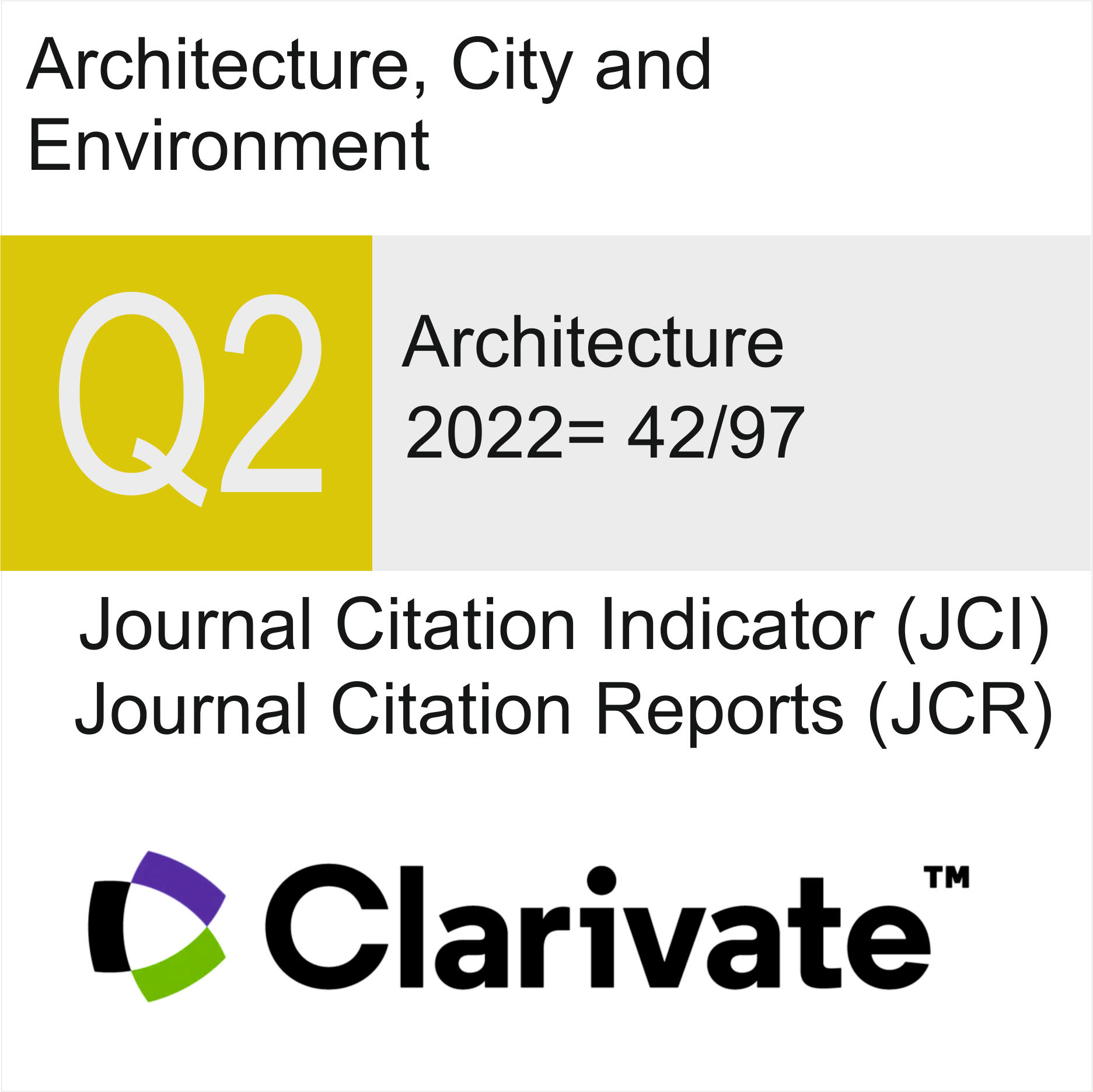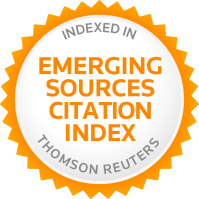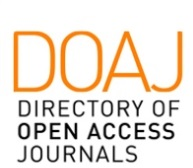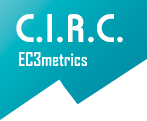Transformation of the Urban Fluvial Space and Its Effects on Social Connectivity, the Case of Valdivia (1909-2020)
DOI:
https://doi.org/10.5821/ace.18.54.11931Keywords:
urban river, urban morphology, public space, historical cartographyAbstract
River spaces in urban areas have undergone important transformations in recent decades. In the Latin American context there is still little evidence on the characteristics and impacts of this transformation, especially in medium and small cities. The main objective of this article is to analyze the transformations of the fluvial urban space in the last century in a medium-scale city to determine its causes and effects on social connectivity. The case of the city of Valdivia in Chile is analyzed, in its most representative fluvial space: the riverbank of the foundational center and in front of it the Isla Teja riverbank Methodologically, a qualitative diachronic study is carried out, based mainly on cartographic interpretation, supported by documentary information, focusing on two variables or categories of analysis: urban form and elements of fluvial connectivity. It is concluded that Valdivia has undergone an intense transformation of its fluvial urban space in the last century because of catastrophic events and cultural changes. This is a discontinuous process that is different for each riverbank: one edge continuously increased its artificial surface, generating a connecting platform resilient to changes and catastrophes, while the other went from an artificialization process to a border with little intervention and minimal social connectivity. The research contributes to the understanding of the evolution of the fluvial urban space in the Latin American context, along with providing elements for the design and planning of urban riverbanks.
Downloads
Published
Issue
Section
License
| INTELECTUAL PROTECTION CRITERIA |
At this moment, it is count with the "Oficina Española de Patentes y Marcas", while global protection it is being processed by the World Intelectual Property Organization (OMPI/WIPO). Nevertheless the International Standard Serial Number Office (ISSN) has given the following numbers ISSN: 1886-4805 (electronic version) and 1887-7052 (paper version). All articles will be peer reviewed, using double blind reviewing. |
| COPYRIGHT |
The article contents and their comments are authors exclusive liability, and do not reflect necessarily the journal editor commitee's opinion. All ACE published works are subject to the following licence CC BY-NC-ND 3.0 ES http://creativecommons.org/licenses/by-nc-nd/3.0/es/ It implies that authors do not hold nor retain the copyright without restrictions but only those included in the licence. |





